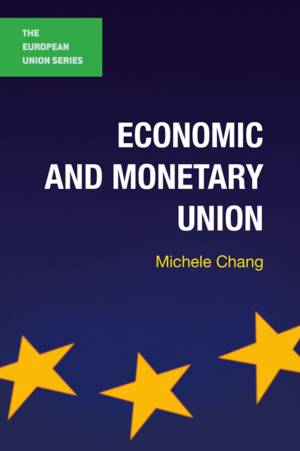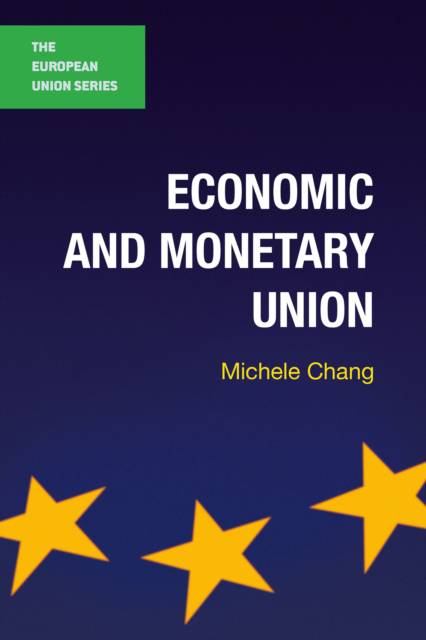
- Afhalen na 1 uur in een winkel met voorraad
- Gratis thuislevering in België vanaf € 30
- Ruim aanbod met 7 miljoen producten
- Afhalen na 1 uur in een winkel met voorraad
- Gratis thuislevering in België vanaf € 30
- Ruim aanbod met 7 miljoen producten
Zoeken
€ 48,95
+ 97 punten
Uitvoering
Omschrijving
This accessible introductory text provides a comprehensive and accessible account of the evolution of the Eurozone, from its beginnings in fixed exchange rate systems through to the aftermath of the sovereign debt crisis. It examines why the EMU was created, what went wrong to bring about the global financial crisis, and why countries were affected so differently. It assesses the impact of monetary union both in Europe and beyond and evaluates the prospects for the Euro as an international currency.
Recognising that political union has long been seen as part of monetary integration, and that Eurozone membership often impacts domestic policy, Chang widens the scope of her evaluation to include consider effects and developments that are not purely economic in scope. Using theories drawn from economics and political science, this book provides students with an up-to-date analysis of the recent reforms undertaken, grounded in a long-term perspective of the trajectory of European integration. As well as suiting upper-level undergraduate and Master's courses on European Monetary Union, this text is beneficial for students of Politics, International Relations and European Studies on more general courses to foster an understanding of the impact of the EMU on the wider functioning of the EU. The text is filled with figures, maps, timelines and other pedagogical features to ensure this topic accessible to students of all levels.Specificaties
Betrokkenen
- Auteur(s):
- Uitgeverij:
Inhoud
- Aantal bladzijden:
- 288
- Taal:
- Engels
- Reeks:
- Reeksnummer:
- nr. 23
Eigenschappen
- Productcode (EAN):
- 9781137342935
- Verschijningsdatum:
- 22/07/2016
- Uitvoering:
- Paperback
- Formaat:
- Trade paperback (VS)
- Afmetingen:
- 142 mm x 219 mm
- Gewicht:
- 358 g

Alleen bij Standaard Boekhandel
+ 97 punten op je klantenkaart van Standaard Boekhandel
Beoordelingen
We publiceren alleen reviews die voldoen aan de voorwaarden voor reviews. Bekijk onze voorwaarden voor reviews.








